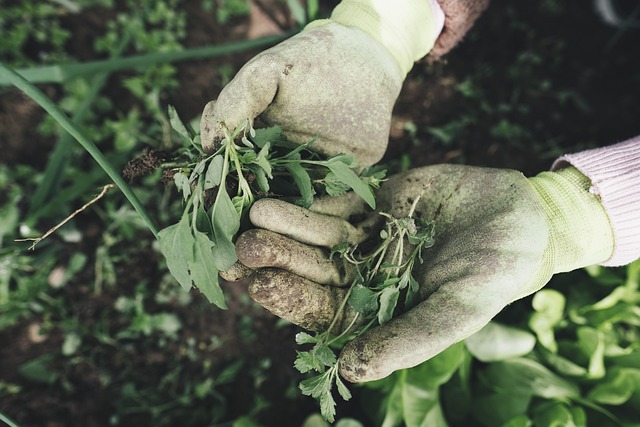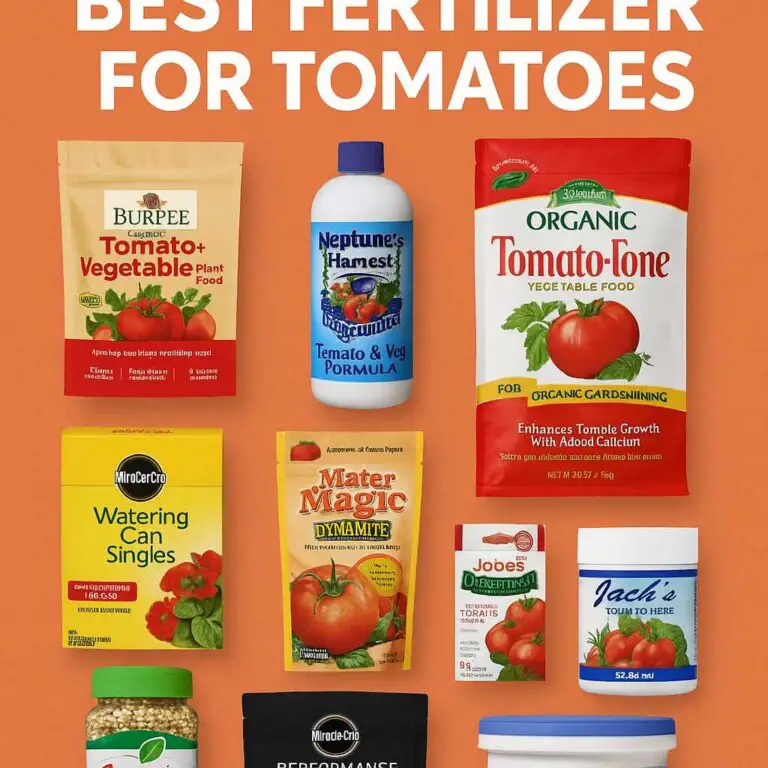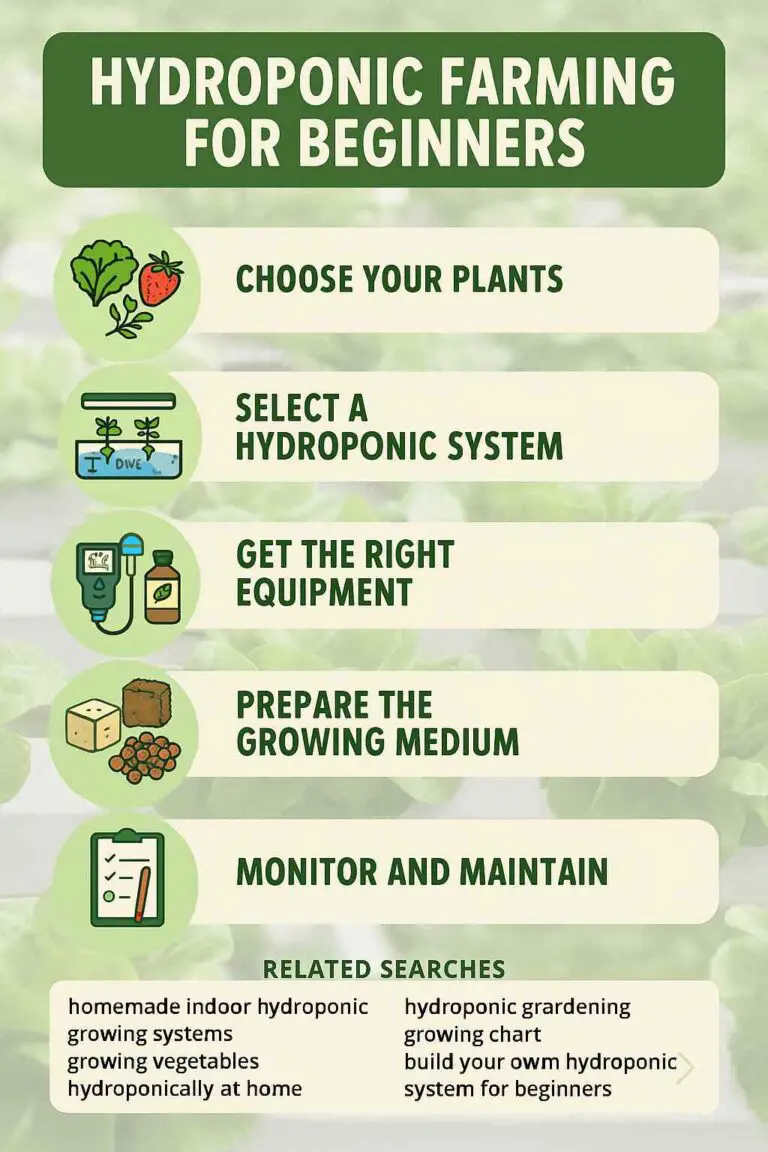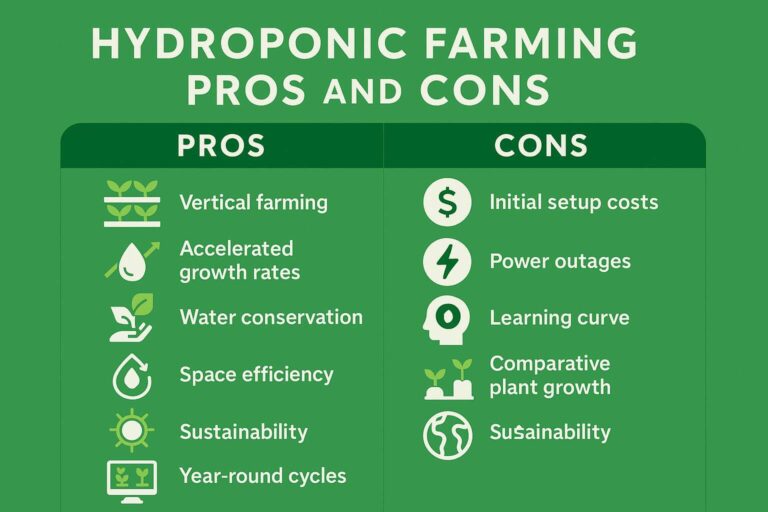Gardening gloves are an essential tool for any gardening enthusiast, providing protection and maintaining hygiene while working in the garden. However, over time, these gloves can become dirty and smelly due to regular use. This raises the question: can you wash gardening gloves?
Yes, you can wash most gardening gloves. The washability depends on the type of material. Latex and synthetic gloves are typically machine or hand washable. Leather gloves may require specific cleaning methods.
In this comprehensive guide, I will address common concerns about washing gardening gloves and provide you with valuable information on how to properly clean and maintain them.
Let’s dive right in!
Types of Gardening Gloves and Their Materials
-
Latex Gloves:
- Latex gloves are popular for their flexibility, grip, and resistance to punctures.
- These gloves are made from natural rubber latex, which offers excellent dexterity and sensitivity.
- They provide a barrier against dirt, moisture, and certain chemicals.
- Latex gloves are typically reusable and can withstand multiple washes.
-
Leather Gloves:
- Leather gloves are known for their durability and protection against thorns, sharp objects, and abrasions.
- They are usually made from high-quality cowhide or goatskin leather.
- Leather gloves provide a good balance of flexibility and toughness.
- They offer breathability and a natural grip, enhancing comfort during extended use.
- While some leather gloves can be washed, others may require specific cleaning methods to prevent damage.
-
Synthetic Gloves:
- Synthetic gloves are made from materials like nylon, polyester, or polyurethane.
- They offer a combination of durability, flexibility, and water resistance.
- These gloves are often designed with reinforced fingertips for added protection.
- Synthetic gloves are typically machine washable and can withstand frequent cleaning without losing their functionality.
-
Nitrile Gloves:
- Nitrile gloves are made from a synthetic rubber compound called nitrile.
- They are highly resistant to punctures, chemicals, and oils.
- Nitrile gloves provide excellent tactile sensitivity and are suitable for individuals with latex allergies.
- These gloves are often disposable and not intended for extensive washing. However, some nitrile gloves may be labeled as washable and reusable.
-
Cotton or Fabric Gloves:
- Cotton or fabric gloves are lightweight and breathable, suitable for light gardening tasks.
- They provide basic protection against dirt and scratches.
- Cotton gloves are typically washable, and regular washing helps maintain their cleanliness and longevity.
- Some fabric gloves may feature a coating or layer of latex or nitrile on the palm for improved grip and durability.
Understanding the different types of gardening gloves and their materials is crucial when it comes to determining their washability and appropriate cleaning methods. In the following sections, I’ll explore detailed washing guidelines for each type of glove to ensure you can keep them clean and functional for your gardening needs.
Washing Guidelines for Different Gardening Glove Materials
-
Washing Latex Gloves:
- Start by rinsing off any visible dirt or debris from the gloves.
- Fill a sink or basin with warm water and add a mild soap or detergent.
- Immerse the latex gloves in the soapy water and gently agitate them for a few minutes.
- Pay extra attention to areas with stains or dirt buildup, using a soft brush or cloth to scrub gently.
- Rinse the gloves thoroughly with clean water to remove all soap residue.
- Squeeze out excess water without twisting or wringing the gloves.
- Allow the gloves to air dry in a well-ventilated area away from direct heat or sunlight.
-
Cleaning Leather Gloves:
- Note that not all leather gloves are washable. Check the manufacturer’s instructions before proceeding.
- For cleaning, use a soft cloth or sponge dampened with a mild leather cleaner.
- Gently rub the cleaner onto the surface of the gloves, focusing on any stained or soiled areas.
- Avoid saturating the gloves with excessive liquid.
- After cleaning, wipe off any excess cleaner with a clean, damp cloth.
- Allow the gloves to air dry naturally, away from direct heat sources.
- Once dry, you may apply a leather conditioner to maintain the gloves’ suppleness and prevent cracking.
-
Washing Synthetic Gloves:
- Check the care label or manufacturer’s instructions for specific washing guidelines.
- If machine washable, place the gloves in a mesh laundry bag to protect them during the wash cycle.
- Use a gentle cycle and cold water to prevent any damage to the gloves.
- Add a mild detergent to the washing machine and run the cycle.
- Once the cycle is complete, remove the gloves from the mesh bag.
- Gently reshape the gloves if needed and lay them flat to air dry.
- Avoid using a dryer or exposing the gloves to direct heat sources, as it may cause shrinkage or damage.
-
Cleaning Cotton or Fabric Gloves:
- Check the care label for any specific instructions from the manufacturer.
- Fill a sink or basin with lukewarm water and add a small amount of mild detergent.
- Immerse the gloves in the soapy water and gently agitate them.
- Pay attention to stained areas and gently rub them with your fingers or a soft brush.
- Rinse the gloves thoroughly with clean water to remove all soap residue.
- Squeeze out excess water without twisting or wringing the gloves.
- Allow the gloves to air dry in a well-ventilated area.
Proper washing and drying techniques are essential to maintain the integrity and functionality of your gardening gloves. Always refer to the manufacturer’s instructions when available and exercise caution to avoid any potential damage while cleaning.
Tips and Best Practices for Washing Gardening Gloves
When it comes to washing gardening gloves, here are 6 tips and best practices to keep in mind:
-
Pre-Wash Preparation:
- Remove any excess dirt or debris from the gloves before washing.
- Gently shake or brush off loose particles.
- This step helps prevent clogging your sink or washing machine and ensures more effective cleaning.
-
Check Manufacturer’s Instructions:
- Always refer to the care label or any specific instructions provided by the glove manufacturer.
- Some gloves may have specific cleaning methods or restrictions that you need to follow.
- Adhering to the manufacturer’s guidelines helps prevent damage and ensures optimal cleaning results.
-
Spot Treat Stains:
- For stubborn stains on your gardening gloves, consider spot treating before washing.
- Use a mild stain remover or a mixture of mild detergent and water.
- Apply the solution to the stained areas and gently rub or dab with a soft cloth or sponge.
- Rinse thoroughly with clean water before proceeding with the regular washing process.
-
Avoid Harsh Chemicals or Bleach:
- Harsh chemicals or bleach can deteriorate the materials of your gloves.
- Stick to mild detergents or soaps specifically recommended for washing gloves.
- Avoid using bleach or strong cleaning agents that may cause discoloration or damage.
-
Proper Drying Techniques:
- After washing, gently squeeze out excess water without twisting or wringing the gloves.
- Avoid using a dryer or exposing the gloves to direct heat sources like radiators or sunlight.
- Instead, allow the gloves to air dry naturally in a well-ventilated area.
- Drying gloves in excessive heat can lead to shrinkage, deformation, or material damage.
-
Regular Maintenance:
- Regularly clean your gardening gloves, especially after heavy use or when visibly soiled.
- By maintaining cleanliness, you prevent the buildup of dirt, sweat, and bacteria, ensuring hygiene and extending the lifespan of your gloves.
- Inspect your gloves periodically for any signs of wear and tear. Replace them if they become too worn or damaged.
Remember, proper care and maintenance contribute to a comfortable and safe gardening experience.
Alternatives to Washing Gardening Gloves
While washing gardening gloves is the preferred method for keeping them clean, there are alternatives you can consider in certain situations. Here are a few alternatives to washing gardening gloves:
-
Disposable Gloves:
- Consider using disposable gloves for certain gardening tasks, especially when dealing with potentially harmful substances or messy jobs.
- Disposable gloves are designed for one-time use and can be discarded after each gardening session, eliminating the need for washing.
- They are convenient, hygienic, and readily available in various materials such as latex, nitrile, or vinyl.
-
Glove Liners:
- If you want to minimize direct contact between your hands and the gloves, you can use glove liners.
- Glove liners are thin, lightweight gloves worn under your gardening gloves.
- They provide an additional layer of protection and absorb sweat, keeping your gloves fresher for longer.
- Glove liners are typically washable, so you can easily clean and reuse them without having to wash the outer gardening gloves as frequently.
-
Sanitizing Sprays or Wipes:
- For quick cleaning and disinfection between uses, consider using sanitizing sprays or wipes.
- These products are specifically formulated to kill germs and bacteria on surfaces.
- Simply spray or wipe down the exterior of your gardening gloves, focusing on areas that come into contact with your hands.
- Allow the gloves to air dry before using them again.
- While this method does not provide a deep clean, it can help maintain cleanliness and hygiene in between washes.
It’s important to note that these alternatives are best suited for specific situations or as temporary solutions. Regular washing of gardening gloves is still recommended to remove accumulated dirt, sweat, and bacteria effectively.
Maintaining the Longevity of Gardening Gloves
To maximize the longevity of your gardening gloves and ensure they continue to provide optimal protection and comfort, follow these maintenance practices:
-
Proper Storage:
- Store your gardening gloves in a clean, dry, and well-ventilated area.
- Avoid exposing them to excessive heat, direct sunlight, or moisture, as these can degrade the materials.
- Consider hanging or clipping your gloves together to prevent misplacement and maintain their shape.
-
Routine Cleaning:
- Regularly clean your gardening gloves to remove dirt, sweat, and stains.
- Follow the appropriate washing guidelines mentioned earlier in this blog post.
- Promptly clean your gloves after heavy use or when visibly soiled to prevent the buildup of debris and bacteria.
-
Inspect for Damage:
- Periodically inspect your gardening gloves for signs of wear and tear.
- Check for holes, frayed stitching, or any other damage that may compromise their functionality.
- If you notice significant damage, it’s time to replace your gloves with a new pair.
-
Avoid Harsh Chemicals:
- Be mindful of the chemicals you come into contact with while wearing your gloves.
- Certain chemicals, such as strong solvents or pesticides, can deteriorate the materials.
- If you handle chemicals, consider wearing additional protective gloves over your gardening gloves to prevent direct exposure.
-
Use Gloves for Their Intended Purpose:
- Select the appropriate type of gardening gloves for specific tasks.
- Different gloves are designed to handle different gardening activities, such as pruning, digging, or handling thorny plants.
- Using gloves for their intended purpose helps prevent unnecessary wear and tear and ensures better protection.
-
Replace Worn-out Gloves:
- Even with proper care, gardening gloves will eventually wear out.
- Pay attention to the condition of your gloves, including their fit, grip, and overall integrity.
- If your gloves become too worn, torn, or lose their functionality, it’s time to invest in a new pair for optimal protection.
Conclusion
In conclusion, the answer to the question “Can you wash gardening gloves?” is generally yes. However, it’s essential to consider the specific material of your gloves and follow appropriate cleaning methods. Latex and synthetic gloves are often washable, while leather gloves may require special care. Always refer to the manufacturer’s instructions for the best approach. Regular cleaning and maintenance of your gardening gloves not only keep them clean but also ensure their longevity, allowing you to enjoy gardening with clean, protected hands.
To maintain the longevity of your gardening gloves, it’s important to practice proper care and maintenance. This includes storing them in a clean, dry place, routinely cleaning them after use, inspecting for damage, avoiding harsh chemicals, using gloves for their intended purpose, and replacing worn-out gloves when necessary.
Happy gardening!
Next Read: Can You Do Gardening When Pregnant?




